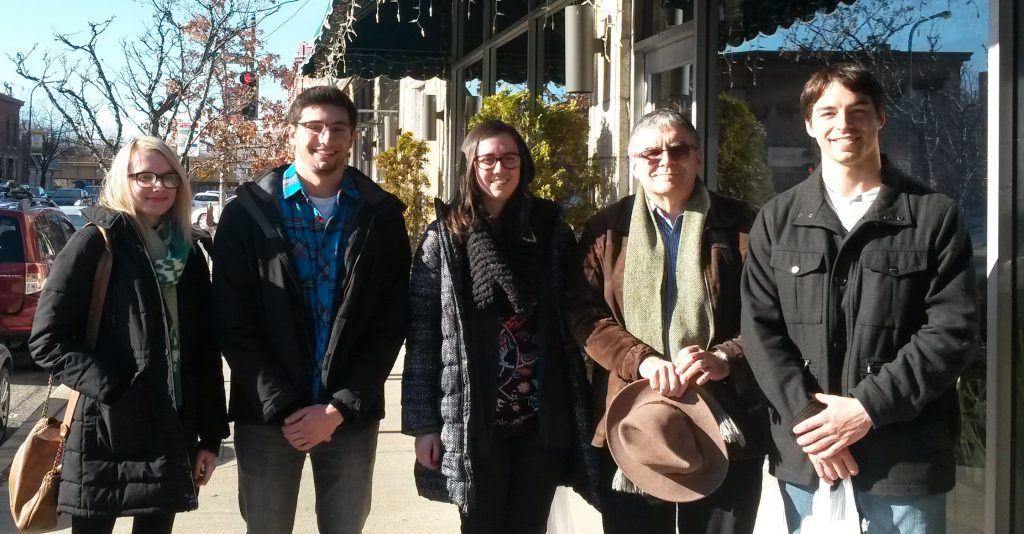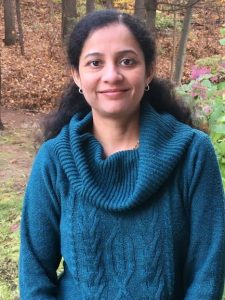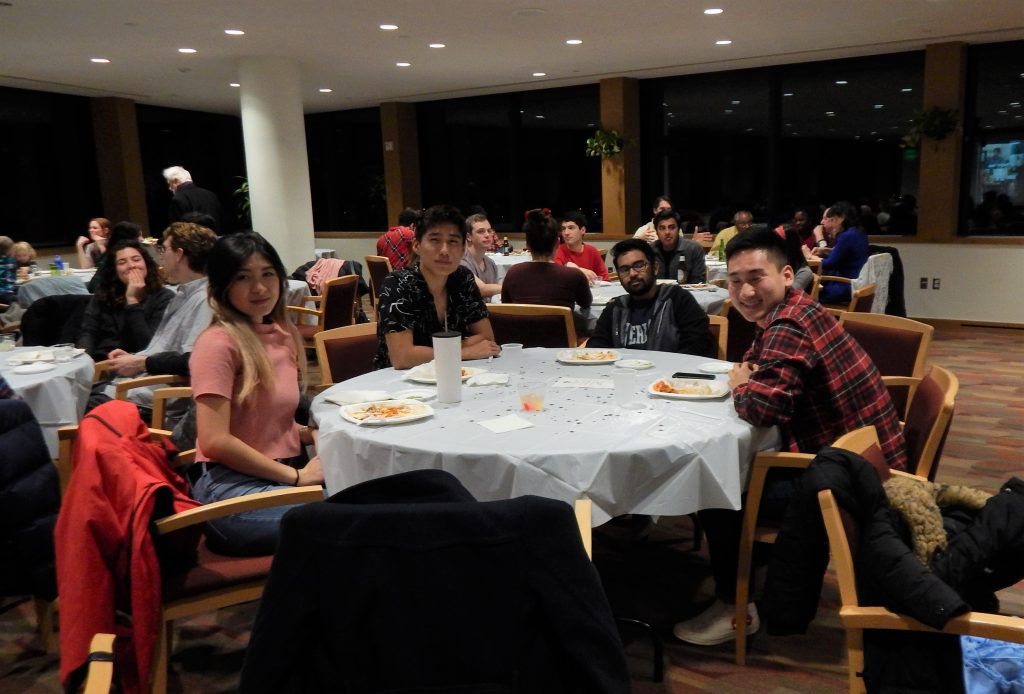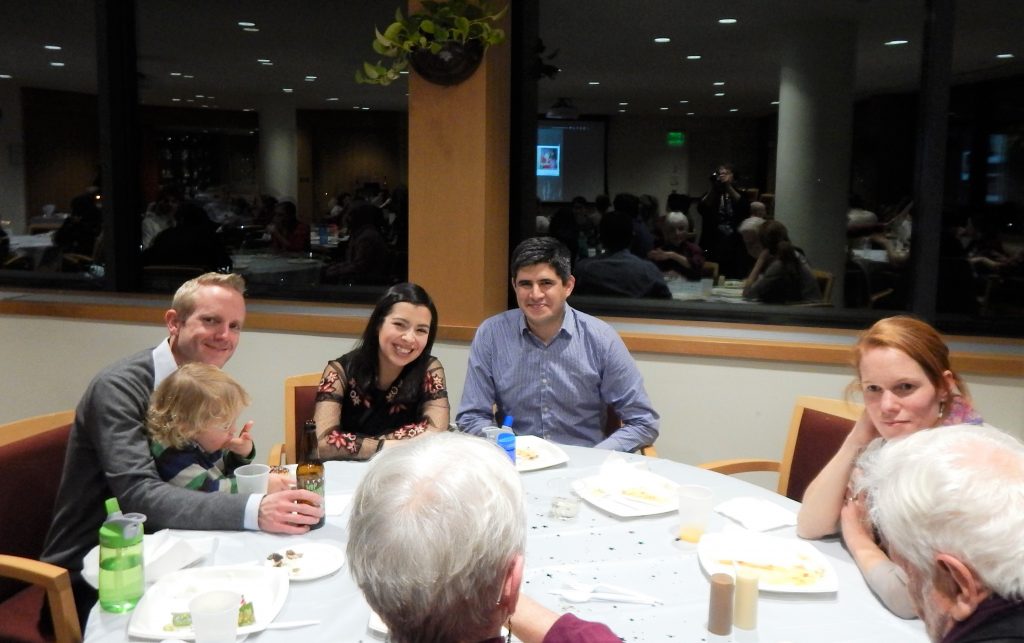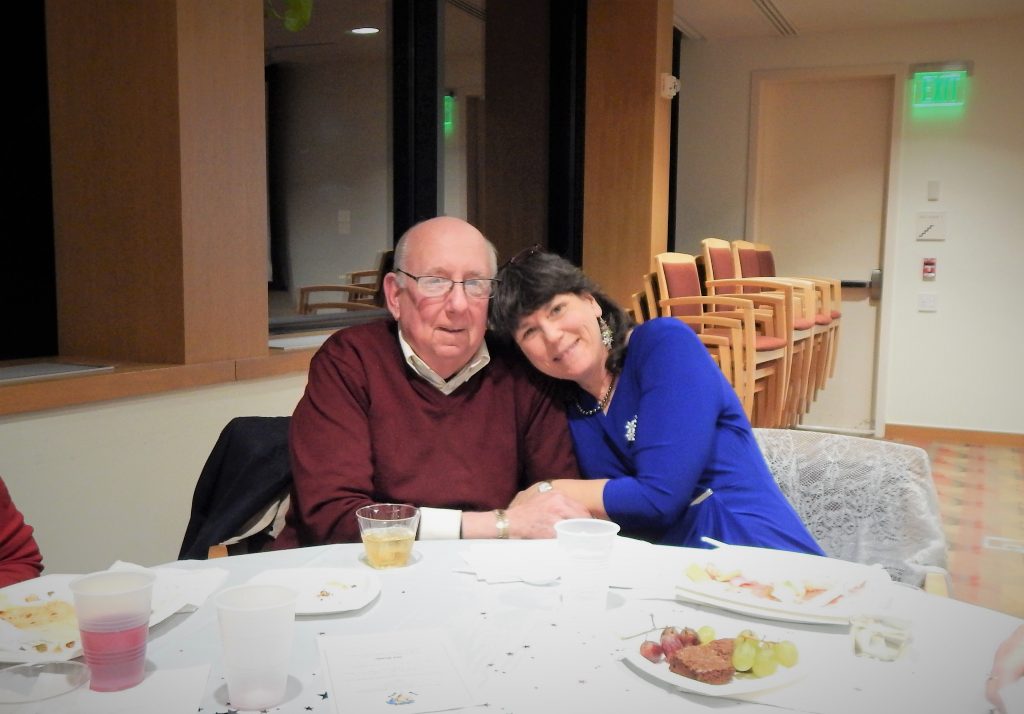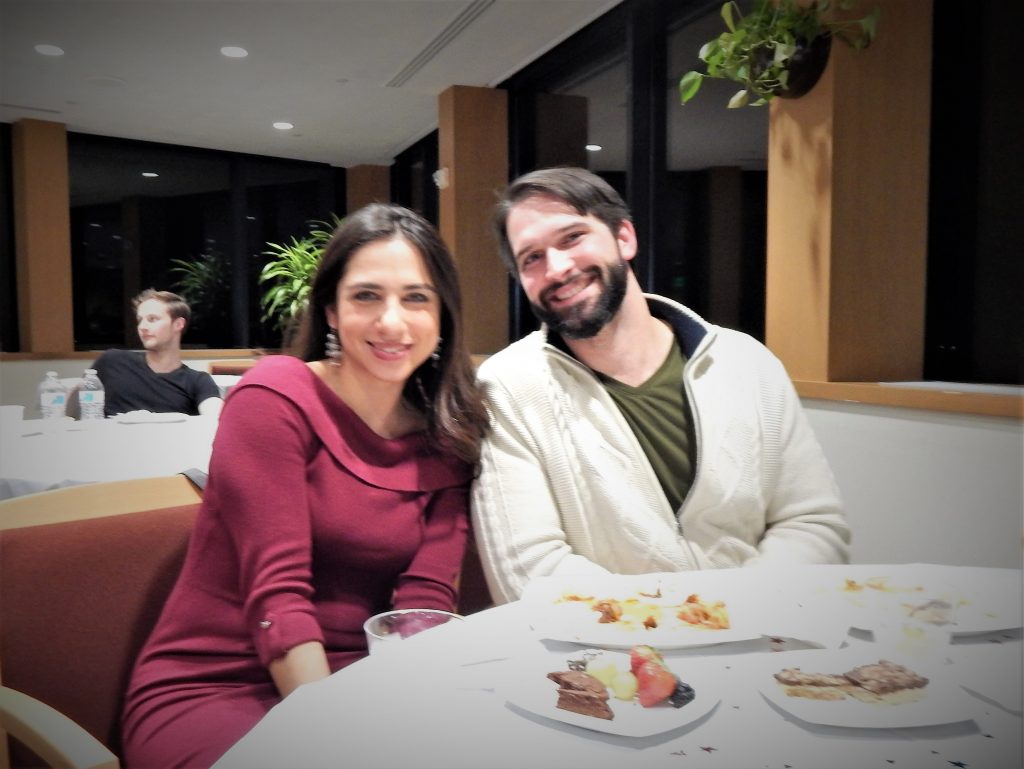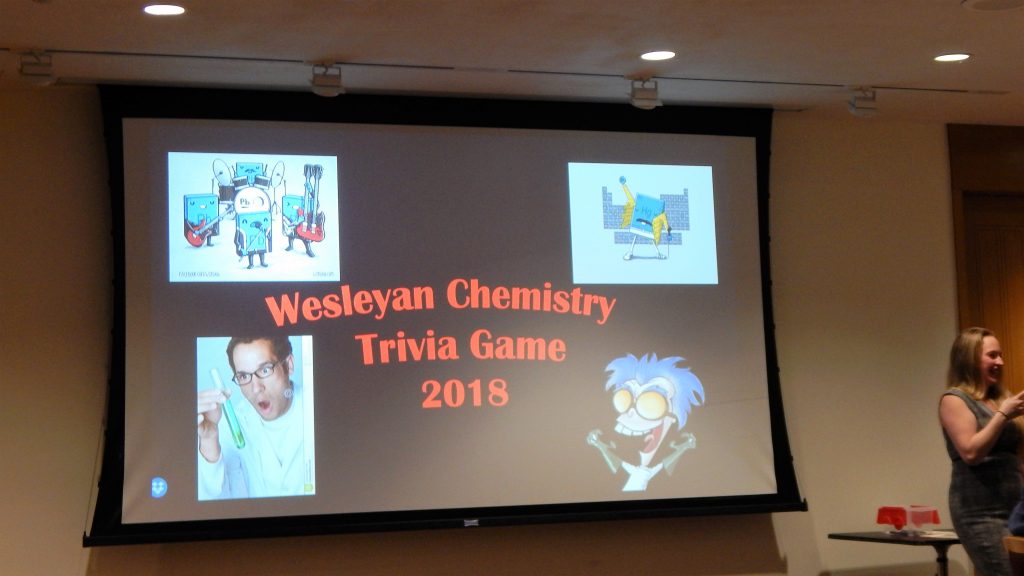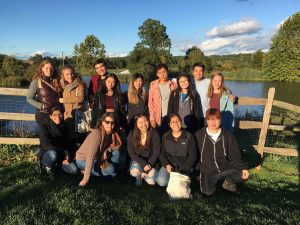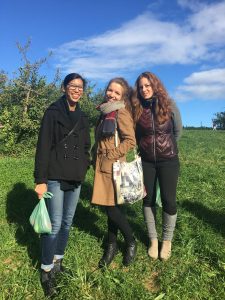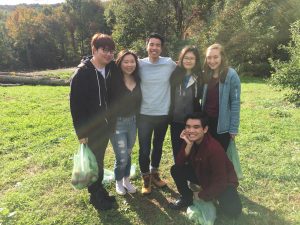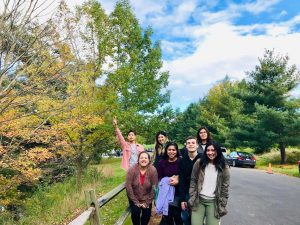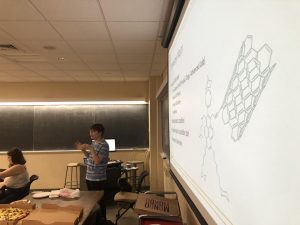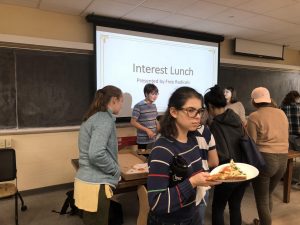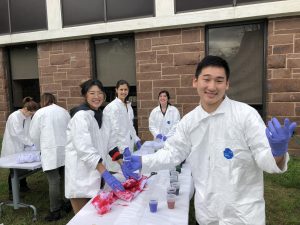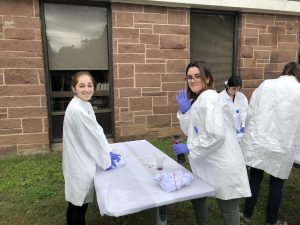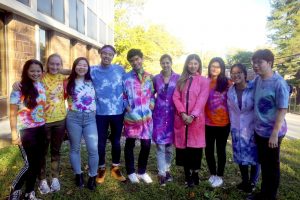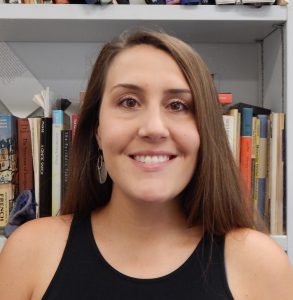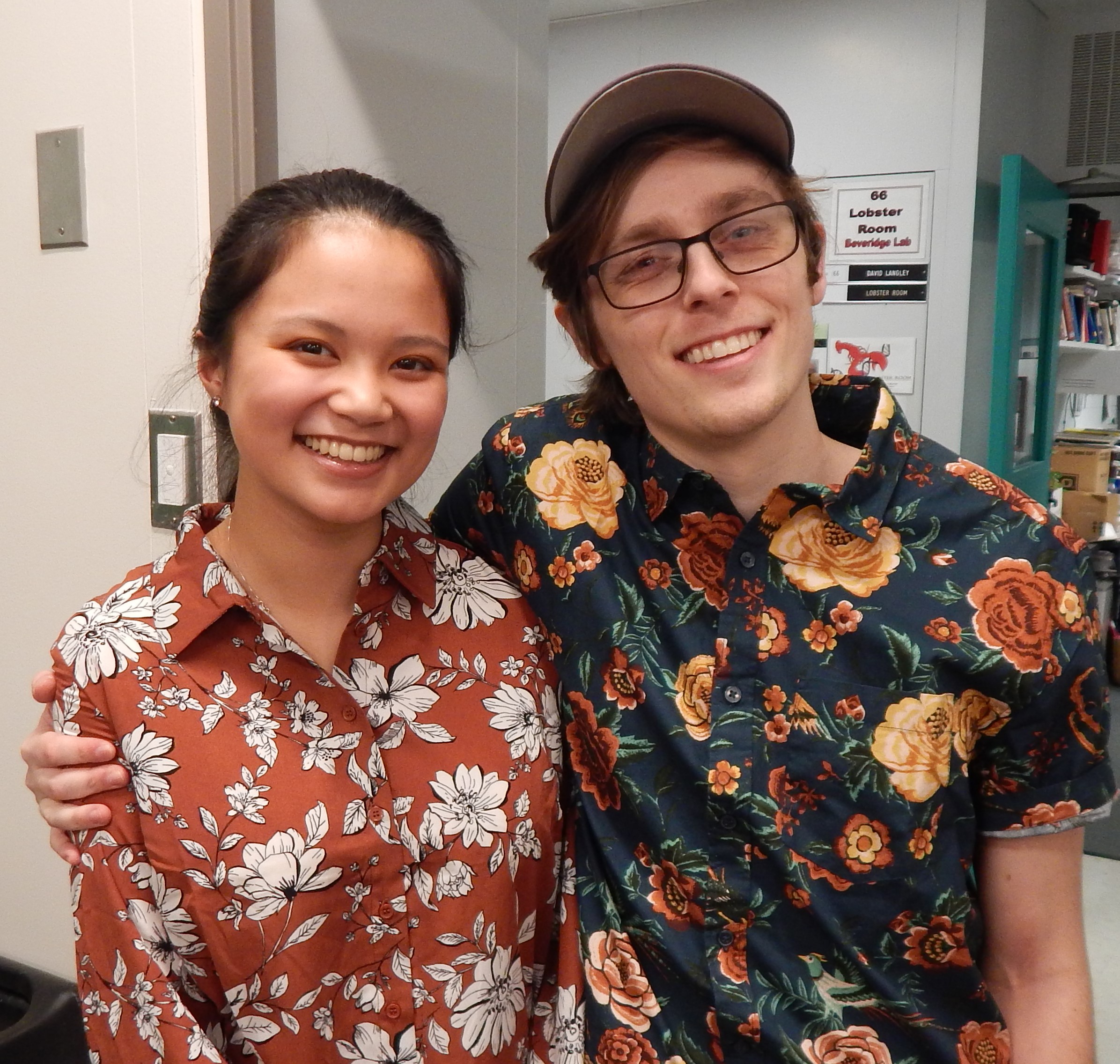
Giselle Reyes:
Giselle graduated in December 2017, having completed the graduation requirements in seven semesters. At that point she had already applied and been admitted to the B.A./M.A. program and had been working in my laboratory for two years, including two summers. Giselle’s research was a study of the electrochemical cleavage in acetonitrile of benzylic carbon-oxygen bonds, primarily those of benzhydrol and substituted benzhydrols but also simpler benzyl alcohols, taking advantage of the very negative potentials attainable in platinum cathodes in aprotic solvents. The reductions of benzhydrols were found to afford diphenylmethanes in high yield under these conditions. She then turned her attention to the same reductions carried out in perdeuterio acetonitrile (CD3CN). It was anticipated that reduction of the benzhydryl C-OH bond would produce benzhydryl carbanion, which would then abstract a deuteron from the solvent to afford the monodeuterio product (C6H5)2CHD. Surprisingly, the reactions were found by carbon and proton NMR spectroscopy to afford not only the expected monodeuterio product (C6H5)2CHD) but also substantial amounts of the dideuterio and diprotio isotopomers C6H5)2CD2 and (C6H5)2CH2, demonstrating the reversibility of proton transfer from acetonitrile to benzhydryl carbanion. Giselle successfully defended her thesis on December 19, 2018.
Zackary Hillman:
In Spring 2017, Zach received Honors for his senior thesis describing his research in my laboratory. He then applied and was admitted to the BA/MA program to continue his research on the reductive dimerization (Zn/AlCl3) of alkyl aryl ketones (C6H5COR) to 1,2-dialkyl-1-alkanones (C6H5)2CHRCOR) and reaction of the latter with superoxide ion, a reaction previously studied by Elaine Tsui of my group (now a graduate student at Princeton University). Our original work on this reaction had been limited to dimeric ketones in which both alkyl groups are the same. However, Zach showed that mixed dimers can be synthesized by using mixtures of two different ketones in the reductive dimerization step. An exciting development in the course of this work was his discovery that the reductive dimerization of cyclohexyl phenyl ketone affords a dicyclohexyl ketone in which ring inversion of one of the cyclohexyl groups is highly sterically constrained, i.e., that the ring is conformationally rigid, as confirmed by x-ray crystallography, variable temperature NMR spectroscopy, and quantum chemical computations. His thesis was defended successfully on December 21, 2018.
Summaries written by Professor Albert Fry


